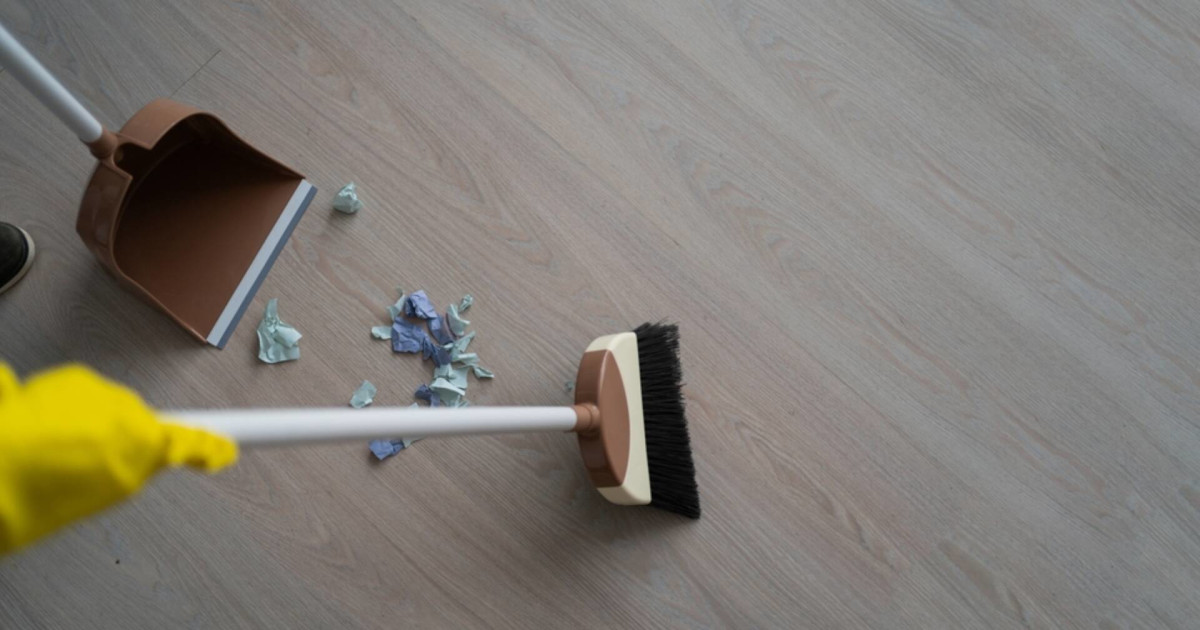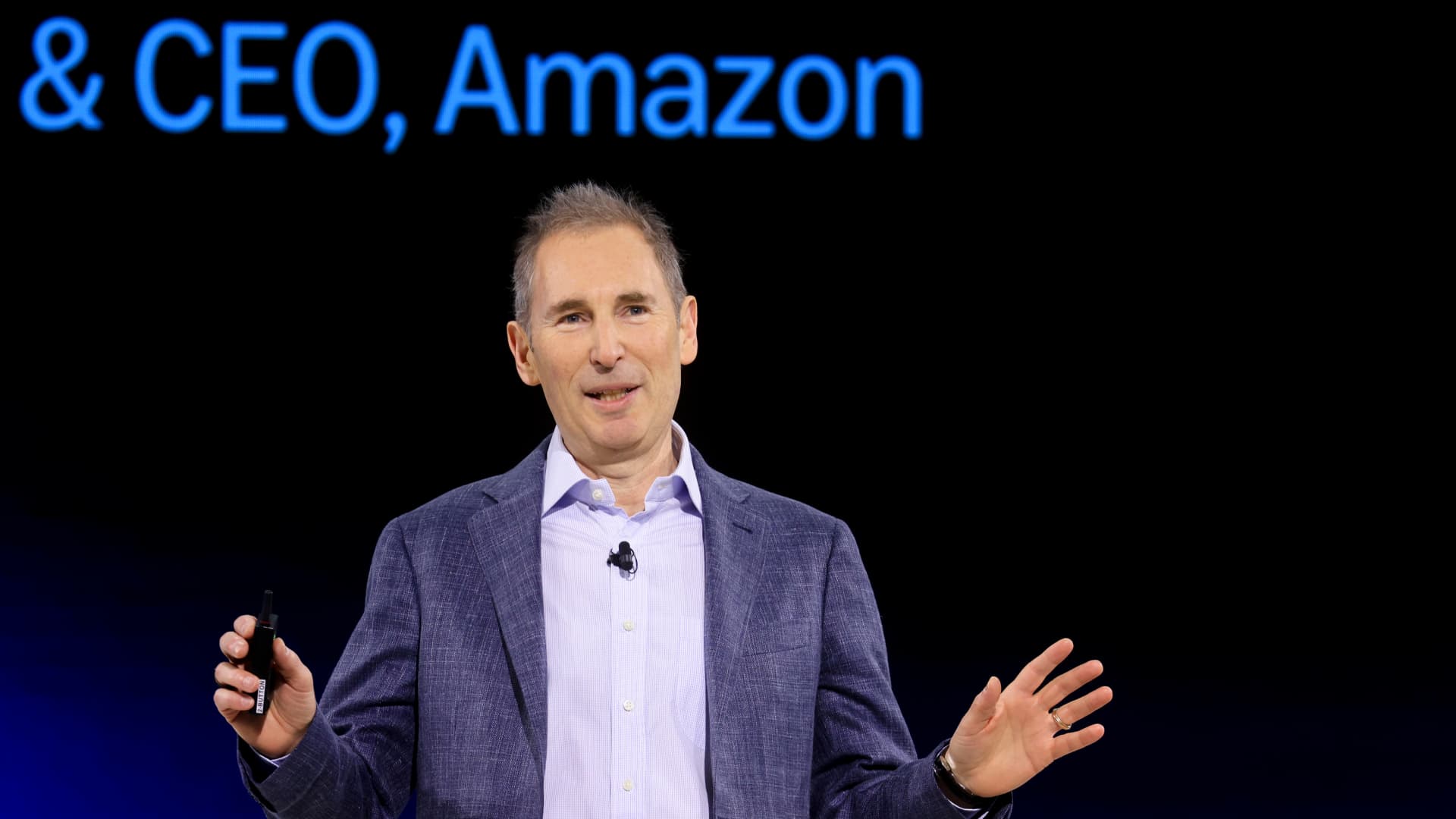Copyright The Street

What happens when you buy a tech product that needs ongoing support, and the company goes bankrupt and discontinues operations? The owners of a common household item may soon find out. That’s because multiple reports indicate that the makers of a common household item are in financial trouble and may be at risk of discontinuing operations and filing for bankruptcy. Here’s what’s happening with the company, along with details on what this could mean for product owners. Could a bankruptcy be on the horizon for iRobot? While the Roomba brand was once synonymous with robotic vacuum cleaners, Mashable reports that the vacuum’s maker, iRobot, has experienced “financial woes” and has sought a buyer as a result. Unfortunately, a $1.7 billion acquisition deal from Amazon fell apart in January of 2024 because, as iRobot said in a statement, there was “no path to regulatory approval in the European Union.” Although the company continued looking for a buyer following the failed sale, iRobot warned in March that “there is substantial doubt about the Company’s ability to continue as a going concern for a period of at least 12 months from the date of the issuance of its consolidated 2024 financial statements.” Then, this October, iRobot announced that the final remaining bidder had offered a “substantially lower” price per share, and stated that: “We currently are not in advanced negotiations with any alternative counterparties to a potential sale or strategic transaction.” With no buyers on the horizon, the company indicated that if lenders don’t provide more funding and the company is unable to find other sources of capital in the near term, it “may be forced to significantly curtail or cease operations and would likely seek bankruptcy protection.” While a bankruptcy filing doesn’t always mean that a company will shut down operations, this warning suggests that iRobot may both file for bankruptcy and close its doors for good. What would a bankruptcy mean for your Roomba vacuum? iRobot has sold more than 50 million robots worldwide, according to the company. So what happens if it ceases operations and seeks bankruptcy protection? According to ZDNet, existing Roomba models could continue functioning, but their functionality would be substantially limited. ZDNet warned that iRobot would likely “stop offering customer support, software updates, and support for some smart home integrations that rely on cloud servers.” More bankruptcy: 34-year-old casual dining chain files for Chapter 11 bankruptcy Major seafood company files for Chapter 11 bankruptcy 55-year-old women’s fashion company files Chapter 11 bankruptcy According to ZDNet, the consequences of this could include: Being limited to using your Roomba only by pressing the physical launch button or using the iRobot app. Potentially encountering more bugs that would not have a fix. Not being able to use Alexa or Google Assistant to control your Roomba via voice. Not getting any additional customer support. Potentially facing a greater risk of vulnerabilities that could be exploited if the robot remains connected to the Internet. Facing increased difficulty getting replacement parts, as they’d have to be accessed only through third-party vendors. iRobot also previously operated a subscription program that allowed people to get an expensive Roomba for a lower up-front price and to upgrade every few years. This subscription model, called iRobot Select, stopped accepting new subscribers in 2024, according to The Verge, but any remaining members would no longer have the option to take advantage of benefits. What does the future hold for robotic vacuum cleaner technology? While iRobot has indicated it faces operational struggles, the company has not said it will definitely shut down operations, nor has it filed for bankruptcy. However, the potential threat of this happening illustrates a broader issue with subscription-based tech that relies on the continued operation of companies to provide full functionality. People may become dependent on technology, and if the companies that created certain products can’t continue operating, customers’ up-front investment in potentially expensive technology could end up wasted. As more companies turn to subscription-based models, this could become a bigger problem for consumers. The issue stretches far beyond the robotic vacuum market into other products and services we use every day.



